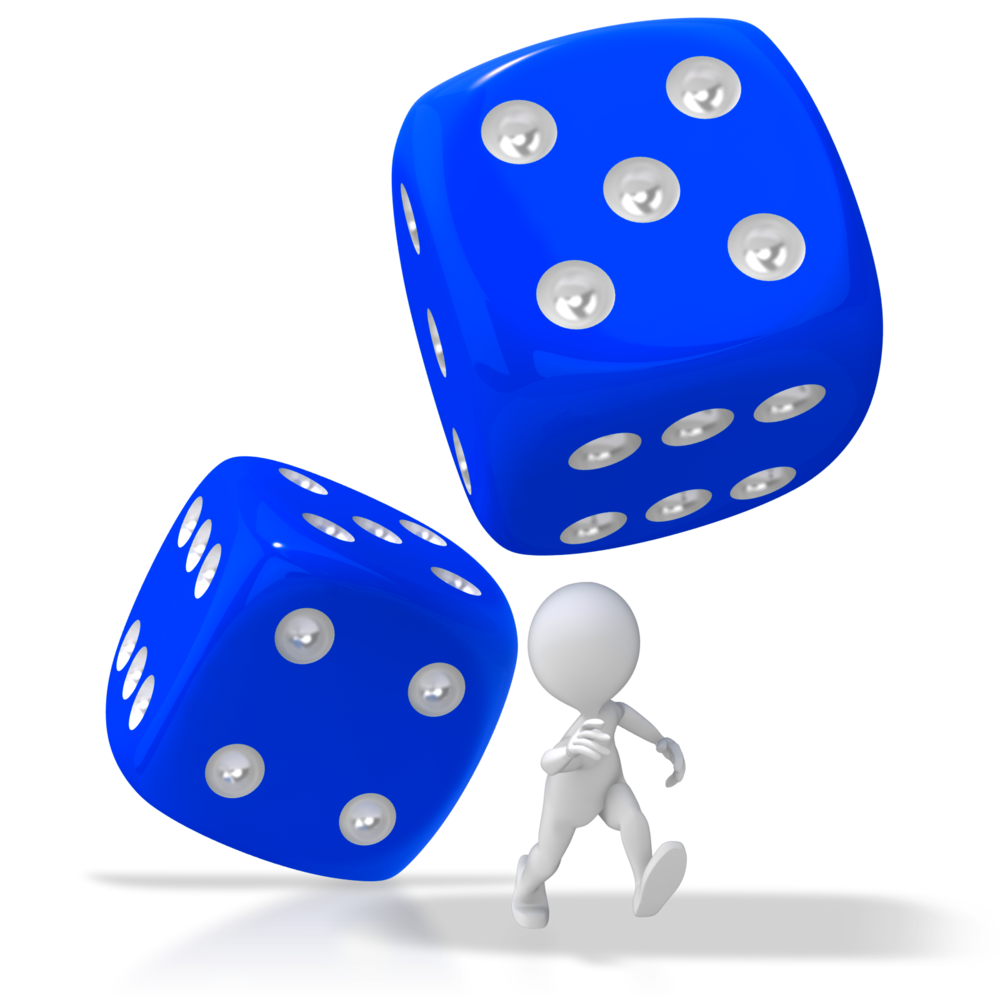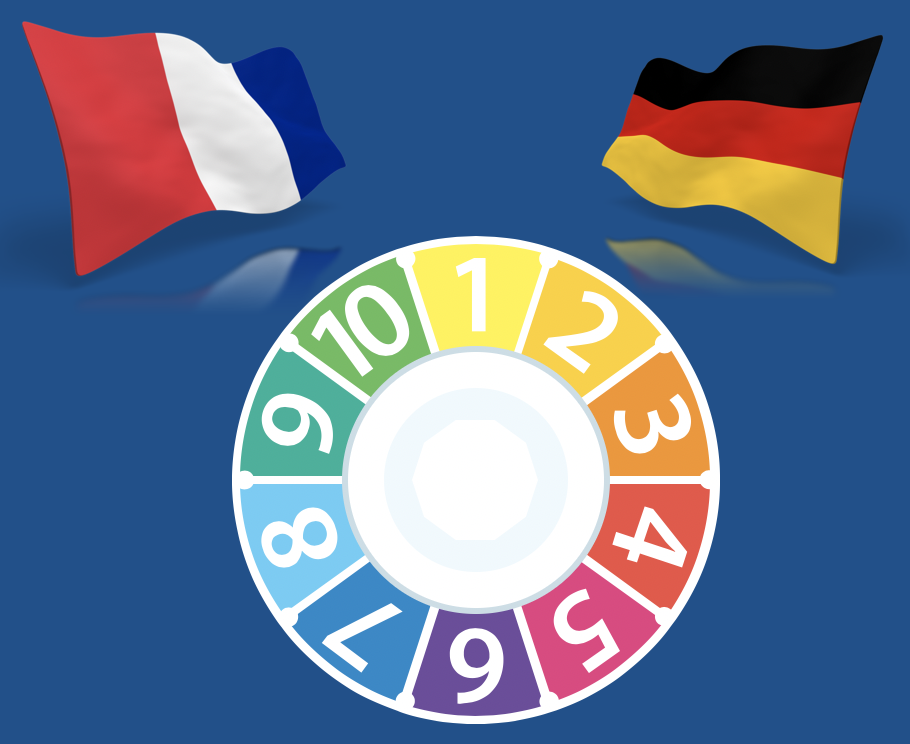What I Learned When Designing a Learning Game About Feedback
One of our company's goals is to include innovation and activities in our classroom to enhance the student experience and increase retention and ease of understanding the material. Last year our HPT Team went to our first "Serious Play" Conference in order for me to get a certification in Game Design and network in a growing field of teaching professionals using learning games to teach. As with any project, part of the process after prototyping involves feedback through alpha and beta testing, getting as many non-design-involved players to test the game out for fun, mechanics and overall feedback.
Handling Feedback
Hearing feedback is always a little hard - the project is your baby, and don't call this baby "ugly" by saying it needs improvement! There is only one step in this process - realization that feedback is on the product, not about you. It's for you, not on you. Once you've reached that maturing point, your team is off to the races. Now that we know how to receive feedback, we want as much of it as possible... some designers even pay people to give them feedback on their product! That's the top level - wanting feedback so much it's worth money to you! Not all projects are poised to pay for feedback, so we do our best, and in the most timely fashion, to gain opinions from wherever we can find.
Hands On Play Testing in Rhode Island
I was recently invited to Rocky Hill School, which is a beautiful private school nestled in a picturesque coastal part of East Greenwich, Rhode Island, to review a special project the French class has been working on under guidance from a very forward-thinking staff. The soon-to-be-titled game that the students developed centers on a "Game of Life" path mechanic with movement controlled by a spinner, and courses through the years covering the span and some of the specific battles and events of World War I. The goal was clear - the team with the most troops at the end wins. You gain or lose troops depending on the outcome of your play through your progress. There are cards which are used like a "Monopoly" feel, when you land on a spot, you draw the applicable card. The game is not only informative, it is also fun.
In this author's opinion, the learning is threefold here:
- The game shares the timeline flow of World War I and important events leading up to the Armistice.
- The participating countries as the Allies and the Central Powers are clearly delineated and play is broken up into those teams.
- Everything is in French with translation available.
As I watched students play test it for the first time, it felt engaging and that students were actually learning a little about World War I. The game has such a fun playability to it, nobody was really keyed on paying attention to what they were learning (ala Karate Kid Method). Players seemed more keen on the level of fun and ease of play. A good game has great instructions, so players understand what the goals are, what their choices are in each turn, and how to progress the game forward. All of these elements were playing very well together. My favorite part of the experience was how willing to receive feedback the game designers were. I have seen games that have won awards with less promise than this one. I'm really looking forward to our next collaboration.
Feedback Importance
Not only is feedback crucial, it is necessary to see if your game is going to work. Sometimes concepts and ideas are phenomenal, but unless the game works in motion, it still needs work. Be careful for play testers whom tell you everything is good as it is - the support is genuine and thoughtful, just not helpful in your motions toward iterating your product. Take ALL advantages to make your game the best it can be.
Play Testing
6 Must-Know Game Design Tips From The Creative Director Of Fluxx
How to Make a Game: Play-Testing Advice From Game Designers
Some helpful Links for Game Design
How to Make a Board Game Prototype
An Open Letter to Game Designers
My future in game design
I've been developing a game that needs no specific instructions, but according to the motivation, players will already know what to do. It's quite a challenge, and I can't wait to have it play tested more and more. More on that coming!












